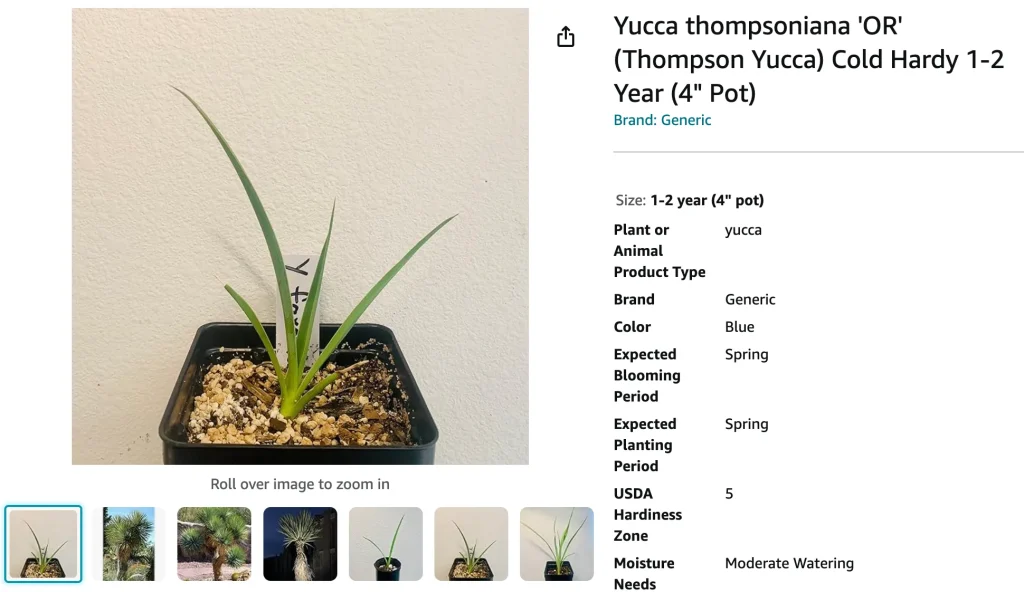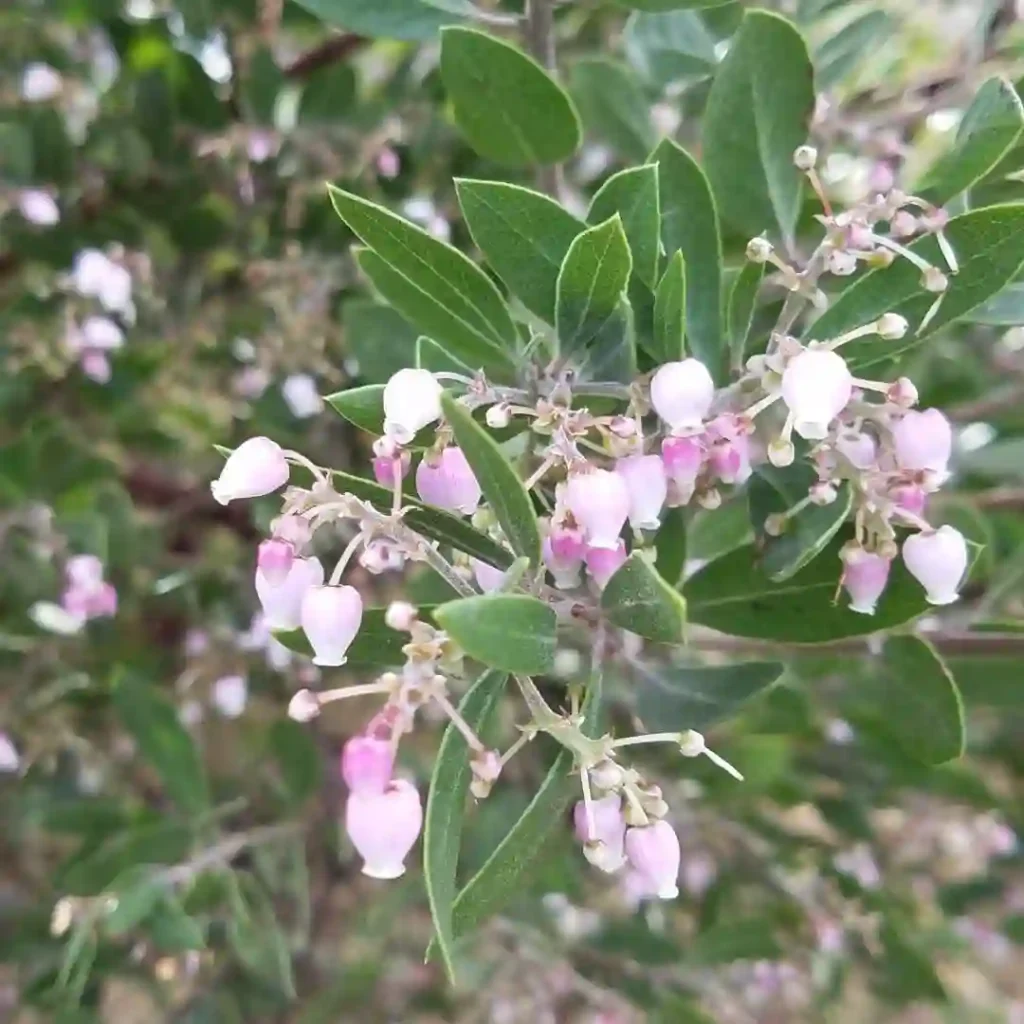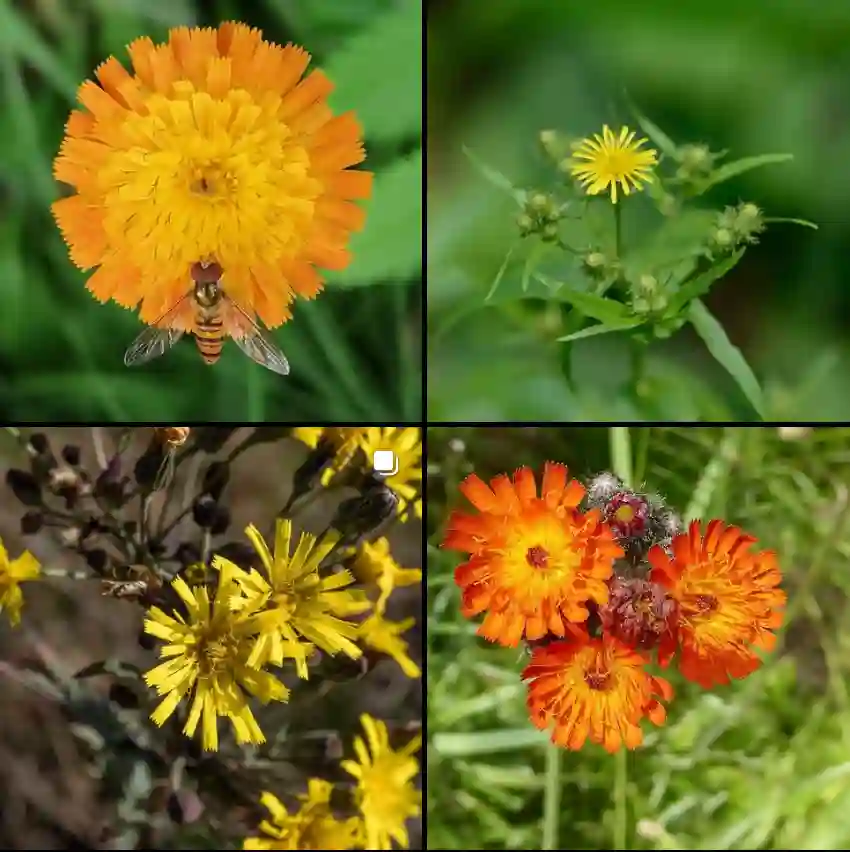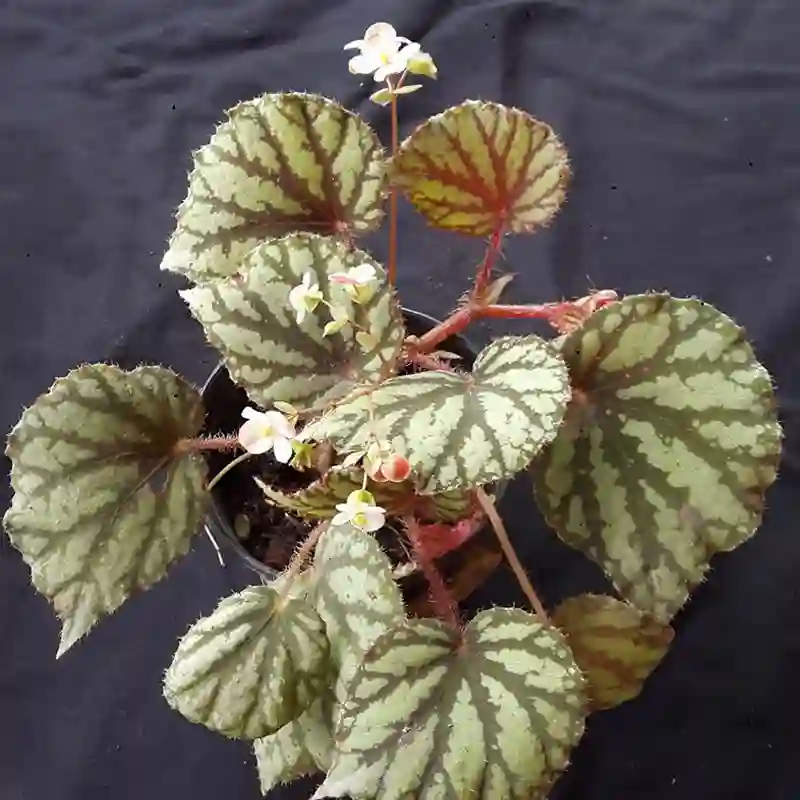
What Is Yucca Thompsoniana?
Yucca Thompsoniana, also known as the Thompson’s Yucca or Beaked Yucca, is a striking and resilient plant native to the southwestern United States and northern Mexico. With its tall, slender trunk and spherical crown of sharp, sword-like leaves, this yucca variety adds a bold, architectural element to any garden or landscape. In my experience, its evergreen nature and drought tolerance make it an excellent choice for xeriscaping or low-water gardens.
54 Species in Genus Yucca
How Do I Care for Yucca Thompsoniana?
Caring for Yucca Thompsoniana is relatively straightforward, making it a favorite among gardeners who prefer low-maintenance plants. Here’s how I keep mine thriving:
- Sunlight: Yucca Thompsoniana loves full sun. I planted mine in a spot that receives at least six hours of direct sunlight daily. It can tolerate partial shade, but full sun promotes the healthiest growth and most vibrant foliage.
- Soil: Well-draining soil is essential for this plant. I’ve found that a sandy or gravelly mix works best, as it mimics the plant’s natural habitat. Avoid heavy clay soils that retain moisture, as they can lead to root rot.
- Watering: One of the reasons I love Yucca Thompsoniana is its drought tolerance. I water mine sparingly, allowing the soil to dry out completely between waterings. Overwatering is a common mistake that can harm the plant.
- Temperature: This yucca is hardy in USDA zones 7-11, meaning it can withstand temperatures as low as 0°F (-18°C). In my region, where winters can be quite cold, I’ve never had issues with frost damage.
- Fertilization: I apply a balanced, slow-release fertilizer in the spring to give the plant a boost as it enters its growing season. However, Yucca Thompsoniana can thrive even without regular feeding.
How Do I Propagate Yucca Thompsoniana?
Propagating Yucca Thompsoniana is an exciting way to expand your collection or share the plant with friends. I’ve had success propagating this yucca using both seeds and offsets.
- Seeds: If you’re patient, growing Yucca Thompsoniana from seeds is rewarding. I start by collecting seeds from the plant’s dried seed pods in the fall. After soaking them in water for 24 hours, I plant them in a well-draining soil mix and keep them warm and moist. Germination can take a few weeks to a few months, so patience is key.
- Offsets: The easier and quicker method is propagating through offsets, or pups, which are small plants that grow at the base of the parent plant. I carefully dig around the base, remove a pup with some roots attached, and plant it in its own pot with well-draining soil. Keep it lightly watered until it establishes itself.
What Plants Pair Well with Yucca Thompsoniana?
When considering companion plants for Yucca Thompsoniana, I like to choose those that complement its striking form and share similar growing conditions. Here are a few that have worked well for me:
- Agave: Agave’s rosette shape and thick, fleshy leaves contrast beautifully with the yucca’s spiky foliage. Both plants are drought-tolerant and thrive in full sun, making them perfect partners.
- Sedum: I plant low-growing sedums around the base of my yucca. These ground-cover succulents add texture and color while helping to suppress weeds and retain soil moisture.
- Cacti: Pairing Yucca Thompsoniana with various cacti creates a desert-inspired garden that’s both visually appealing and easy to maintain. The yucca’s height adds vertical interest, while the cacti fill in the space with their unique shapes and forms.
How Does Yucca Thompsoniana Compare to Yucca Rostrata?
Yucca Thompsoniana is often compared to Yucca Rostrata, another popular yucca species. I’ve grown both, and while they share similarities, there are distinct differences:
- Appearance: Both yuccas have a similar overall shape, but Yucca Rostrata tends to have a denser, more rounded crown of leaves, while Yucca Thompsoniana’s foliage is slightly more open and airy. The leaves of Yucca Thompsoniana are also a bit stiffer and more rigid.
- Growth Rate: In my experience, Yucca Thompsoniana grows slightly faster than Yucca Rostrata, making it a better choice if you want a more immediate impact in your garden.
- Cold Hardiness: While both species are cold-hardy, Yucca Rostrata is known to withstand even lower temperatures, making it a better option for gardeners in colder climates. However, Yucca Thompsoniana is no slouch in this department and has handled my zone 7 winters without issue.
Can Yucca Thompsoniana Be Grown in Containers?
Yes, you can grow Yucca Thompsoniana in containers, and I’ve had great success doing so. Here’s what I’ve learned:
- Container Choice: Choose a large, sturdy pot with drainage holes. The pot needs to be heavy enough to support the plant’s height and prevent it from tipping over, especially as it grows taller.
- Soil Mix: I use a cactus or succulent soil mix with added sand or perlite for extra drainage. This ensures that the roots don’t sit in water, which could lead to rot.
- Watering: Container-grown yuccas may need more frequent watering than those planted in the ground, especially during hot weather. However, I always let the soil dry out completely before watering again.
What Pests and Diseases Affect Yucca Thompsoniana?
Yucca Thompsoniana is generally pest-resistant, but there are a few issues I’ve encountered:
- Scale Insects: These tiny pests can attach themselves to the leaves and stems, sucking the plant’s sap. I’ve found that wiping the leaves with a cotton swab dipped in rubbing alcohol is effective in removing them.
- Root Rot: Overwatering is the main cause of root rot, a fungal disease that can kill the plant if not addressed. I’ve avoided this issue by ensuring proper drainage and not overwatering.
Final Thoughts on Growing Yucca Thompsoniana
Yucca Thompsoniana is a stunning, low-maintenance plant that brings a touch of the desert to any garden. Whether you’re looking to create a drought-tolerant landscape, add a focal point to your garden, or grow a unique container plant, this yucca is a fantastic choice. I’ve enjoyed growing and caring for Yucca Thompsoniana, and I hope my experiences and tips help you do the same.
If i die, water my plants!



